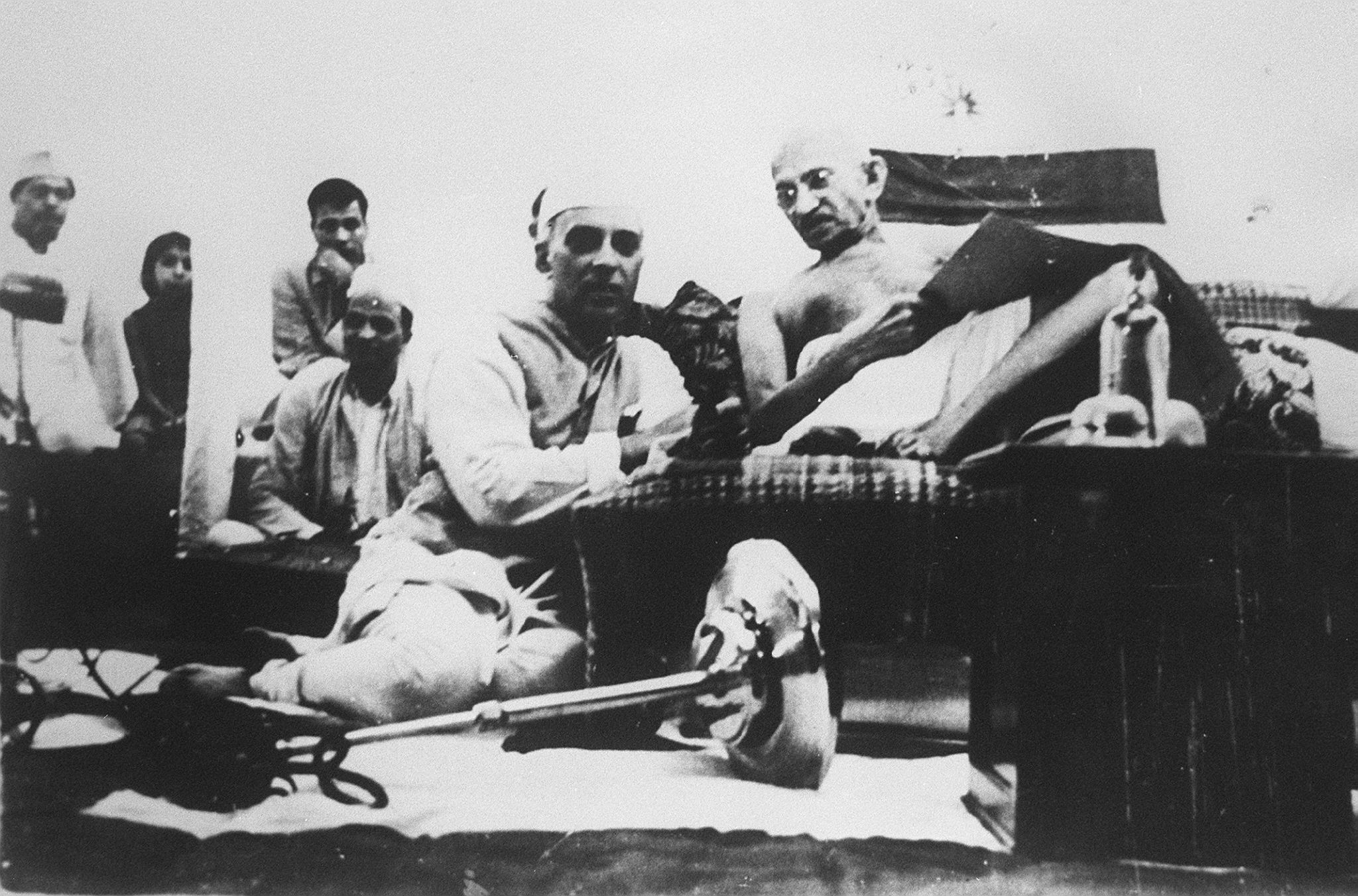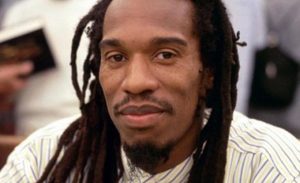The Quit India Movement, also known as ‘Bharat Chodo Andolan’, ‘August Movement’ and ‘August Kranti’ was launched by Mahatma Gandhi at the Bombay session of the All India Congress Committee (AICC) on August 8, 1942.
The movement started the next day, i.e. August 9, 1942, and is celebrated as the Quit India Movement Day. Here is everything you need to know about it:
Also read: What is Sedition law in India, Section 124A of IPC?
1. Quit India Resolution
Quit India Resolution was passed at Congress’ meeting at Gowalia Tank, Bombay on August 8, 1942. It called for an immediate end to the British rule and a civil disobedience movement was launched. Gandhiji was named the leader of the movement.
2. ‘Do or Die’
At the Gowalia Tank meeting, Gandhiji delivered his famous speech: “Here is a mantra, a short one, that I give you. You may imprint it on your hearts and let every breath of yours give expression to it. The mantra is: ‘Do or Die’. We shall either free India or die in the attempt, we shall not live to see the perpetuation of our slavery.”
Also read: A look back at farm laws and farmers’ protest
3. All national leaders arrested
In early hours on August 9, in a single sweep, all national leaders which included Mahatma Gandhi, Abul Kalam Azad, Jawaharlal Nehru and Sardar Vallabhbhai Patel were arrested. The Congress Working Committee, the All India Congress Committee and the Provincial Congress Committees were declared unlawful associations.
Also, public meetings were banned under Defence of India Rules.
4. Aruna Asaf Ali hoists the national flag
With all major leaders in prison, a young and relatively unknown Aruna Asaf Ali presided over the Congress committee session on August 9 and hoisted the Indian national flag, the tricolor with a spinning wheel (‘charkha’) in the middle.
Also read: Five lesser known facts about the Hiroshima bombing
5. Role of Communists, Muslim League and Hindu Mahasabha
All three boycotted the movement and supported the Britishers. Communists sided with the colonizers in the wake of Russia (where communists were in power) being attacked by Nazi Germany. Thus, communists sided with the British against Germany.
Muslim League feared that if Britishers left, they as a minority would be oppressed by the Hindus. The Hindu Mahasabha called the movement “sterile, unmanly and injurious to the Hindu cause.” The Rashtriya Swayamsevak Sangh (RSS) too remained aloof.
Dr. BR Ambedkar too opposed the movement as he thought, the Nazis, the Italian Fascists and Japan, against whom Britain was at war with, were more dangerous than the Britishers.
6. Violence breaks out
The arrest of leaders produced instantaneous reactions. Clashes were reported in Bombay, Pune and Ahmedabad. However, the reaction was strongest in Bihar and eastern Uttar Pradesh.
Leaderless, the movement soon turned violent. Government offices were raided, post offices, government buildings and railway stations were set on fire. According to official estimates, in the week following the leaders’ arrest, 250 railway stations were damaged or destroyed, over 500 post offices and 150 police stations were attacked.
7. Widespread repression
The government retaliated with an all-out repression. Protesters were assaulted, arrested, the press was muzzled and the military took over several cities. In rebellious villages, residents were heavily fined and mass floggings were reported.
By the end of 1942, over 60,000 people were arrested, 26,000 convicted and 18,000 detained under the Defence of India Rules.
8. New leadership is born
Although the movement was quashed in six to seven weeks, it led to new leaders taking charge. These included Achyut Patwardhan, Aruna Asaf Ali, Ram Manohar Lohia, Sucheta Kripalani, Chootubhai Puranik, Biju Patnaik, RP Goenka and Jayaprakash Narayan.
The movement largely died down by September, 1942. In February 1943, Gandhiji commenced a fast for 21 days, from Pune’s Aga Khan Palace, where he was imprisoned. This was his answer to the government who called on him to condemn the violence. He not only refused to do so, he held the government responsible for it.
He was released on May 6, 1944 on medical grounds.







